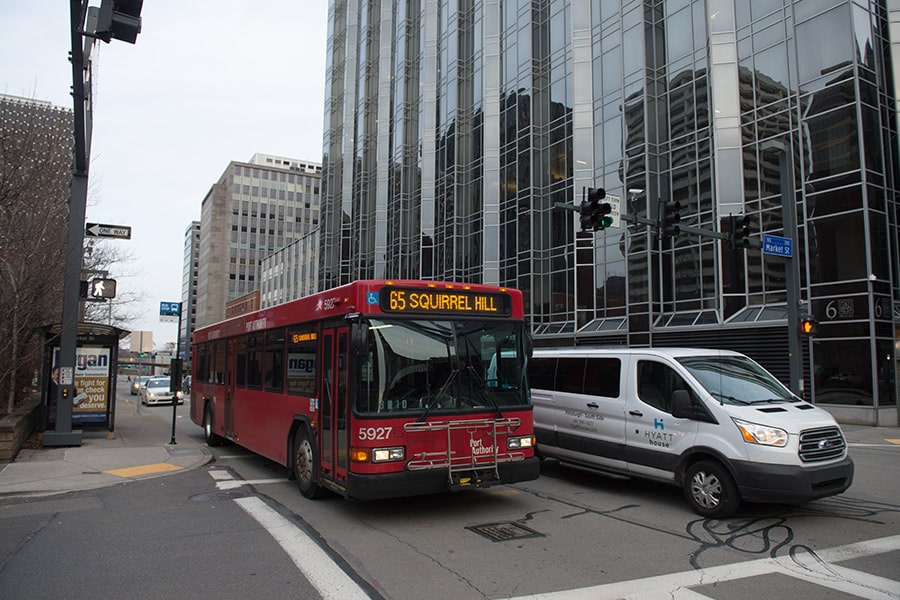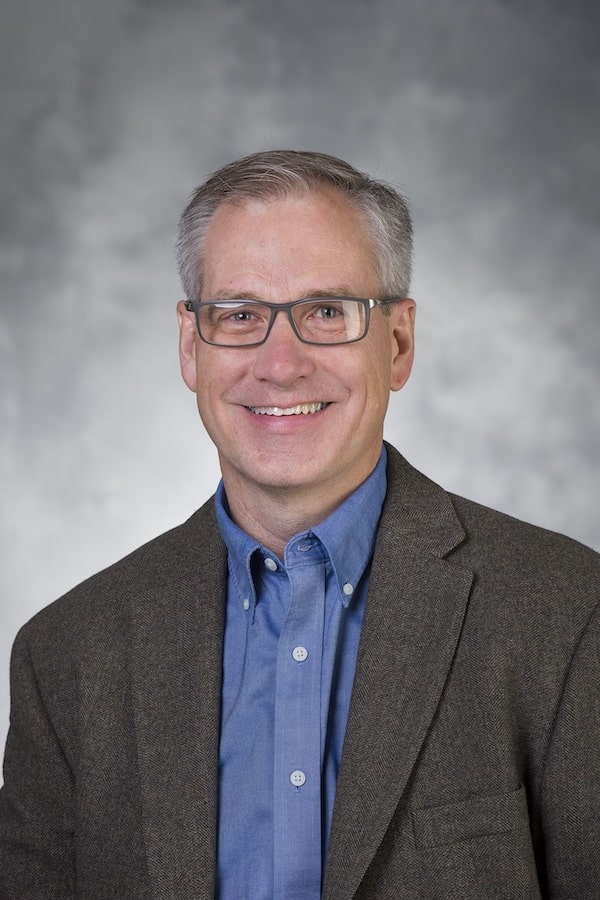COVID and Transportation: What’s Next for the Summer and Beyond
Experts speculate on the summer travel season and COVID's long-term impact on traffic and transportation systems
As a cooped-up America turns toward Memorial Day weekend, gas prices are cheap and many people can telework from anywhere. Every state has relaxed stay-at-home rules. Are we on the verge of a busy summer travel season?
Perhaps, say traffic experts at Carnegie Mellon University.
"For a variety of factors, I think this summer could mark the return of the family road trip," said Stan Caldwell, executive director of Carnegie Mellon’s Traffic21 Institute. "There is certainly a hesitancy to fly because of social distancing protocols and health concerns. Many summer camps are cancelled for kids. I wouldn’t be surprised, depending on what opens and remains so, if destinations within a day’s trip become more popular than usual."
Because of that lower demand for flights, Caldwell says local resorts and attractions could see more traffic and people now that they don’t face as much competition from traditional destinations, such as popular theme parks and beach resorts in other states.
"Cheap airfare has dominated the tourism market, but we’re certainly seeing that many people aren’t interested in getting on planes quite yet," said Caldwell, adjunct associate professor of transportation and public policy at the Heinz College of Information Systems and Public Policy. "Whether that turns into more than usual summer travel on the roads remains to be seen."
Sean Qian, a transportation engineer in Carnegie Mellon’s College of Engineering and Department of Civil and Environmental Engineering, also predicts less interest in flying. However, he’s more focused on the impact of people shunning buses, trains and subways in favor of the privacy of their own vehicles.
He points to cities such as Pittsburgh, New York, San Francisco and Washington, D.C., where a significant portion of the urban workforce has embraced public transportation. For those who have cars, Qian sees less of them getting on buses and trains in the near future for health precautions.
"When they get into their vehicles, commuters are going to notice less congestion on the roads the first few days and weeks when the restrictions start to loosen up," said Qian, CMU’s Henry Posner, Anne Molloy and Robert and Christine Pietrandrea Associate Professor and director of the university's Mobility Data Analytics Center. "But sooner or later, as more people return to offices and roadwork projects spike during the summer, that 20-minute drive could become a frustrating 45 minutes or so. If cities cut transit routes in the meantime because of a lack of use, those former riders wanting to return to public transit could find less options."
Qian’s greatest concern about transportation and COVID isn’t about those facing the inconvenience of more minutes in traffic. He’s increasingly worried about those with no options beyond public transit. Qian wants to find ways to create a more effective and equitable public transportation system to help get people to work in a safe way.
"Riders who don’t have cars, often in vulnerable communities, need to get to their jobs. But using public transit may increase their chances of getting the coronavirus versus driving to work alone," Qian said. "It’s really unfair. Getting people to work safely is going to be a big challenge for our public transportation systems."
Qian is in the early stages of analyzing Pittsburgh ridership data, looking for insights about where people are commuting to work and how many are utilizing the service. From there, he hopes better decisions can be made about how to efficiently design routes to better serve those communities during the pandemic, especially if occupancy on individual buses, trains and subways needs to be capped in the interest of safety and social distancing.
As for Caldwell, who similarly has spent his career researching traffic and transportation, he’s quick to note the irony COVID-19 has introduced.
"Transportation engineers and the public finally got their wish and solved the problem of too much traffic: shut everything down and don’t let anyone out," Caldwell said. "We got what we asked for, but not what we wanted. And now we want things to get back to normal."

